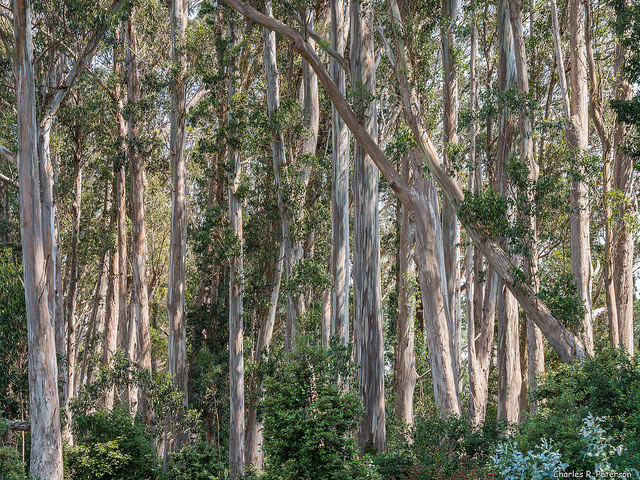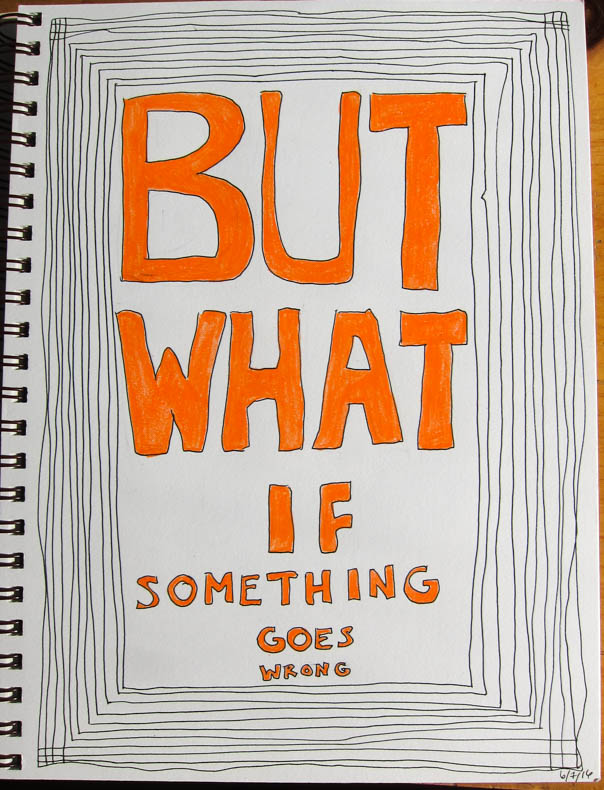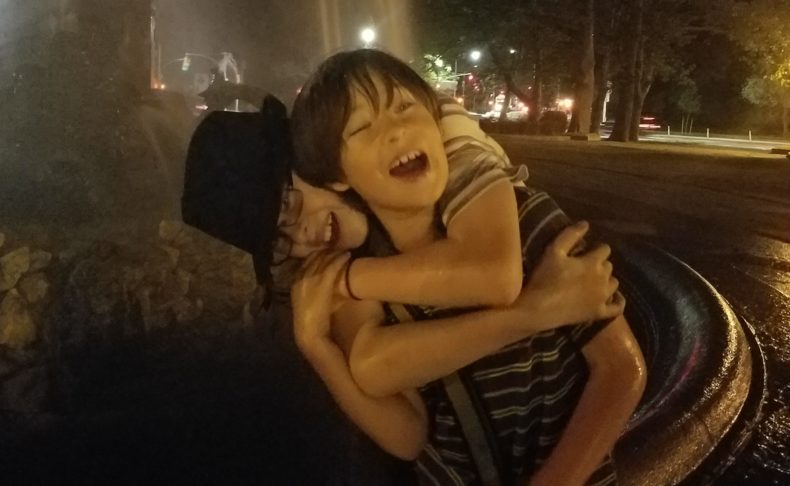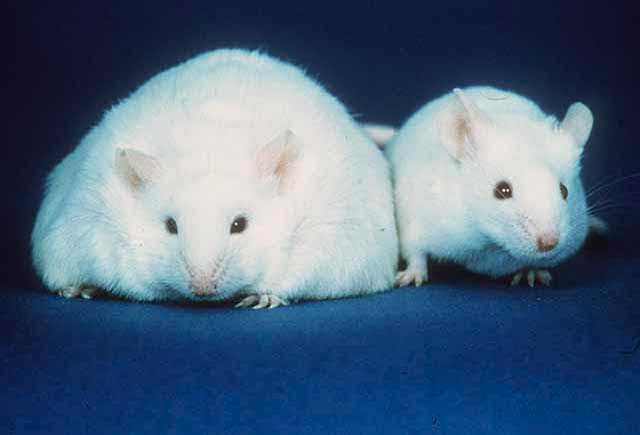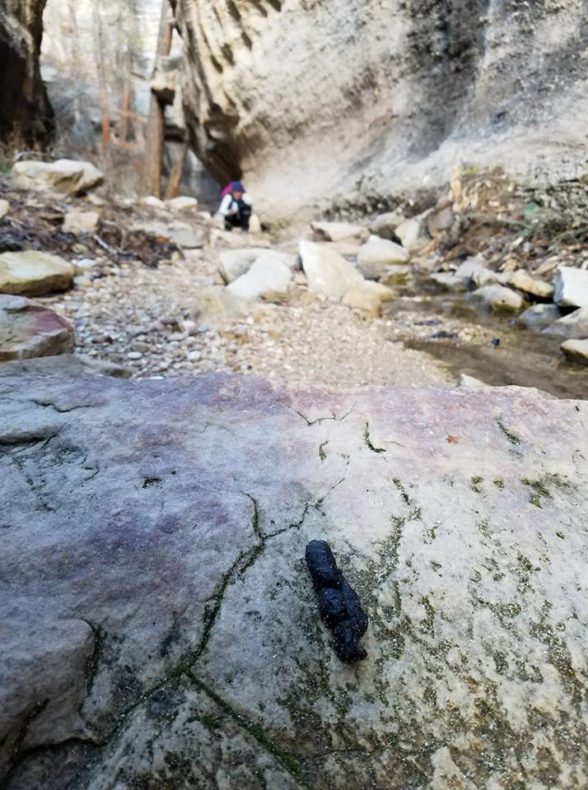
I have been paying attention to poop and where I find it.
This isn’t a passing interest, I’ve been noting for years where animals choose to squat. In the out of doors, you can’t help noticing because they squatted to get your attention, like a billboard that reads GOTCHA!
With a little chub of scat would come all sorts of information: sex, fertility, health, virility, strength, what was eaten, and where. The way the poop is positioned, which end is tapered off, tells you which direction the animal was heading. A coyote had to feel pretty damn good about things to lay one right in the middle of a clean white sidewalk, knowing there would be no hiding it. This is pure animal pride.
When I come to a confluence of canyons and there on a boulder in the middle is a shit of coyote or fox, I can’t look away. The animal knew this was the spot.
The last couple months I’ve been snapping photos of well-placed predator scat. Whenever I see one, my mind flies to wherever that animal has gone, effectively leaving a proxy of itself, as if being cloned, leaving a dark one like a sentinel. It is a graffiti scrawl, I was here, which may be pertinent information, letting competitors know that the fight isn’t worth it, letting potential mates know who’d come by, the tinder of the wilderness. Continue reading
 About seven years ago, a good friend of mine experienced an unthinkable tragedy. Her 38-year-old cousin—to whom she was extremely close—and the woman’s two young daughters were walking hand in hand to school when a driver, having passed out due to an illness, swerved into them. They were dragged to their deaths.
About seven years ago, a good friend of mine experienced an unthinkable tragedy. Her 38-year-old cousin—to whom she was extremely close—and the woman’s two young daughters were walking hand in hand to school when a driver, having passed out due to an illness, swerved into them. They were dragged to their deaths.
